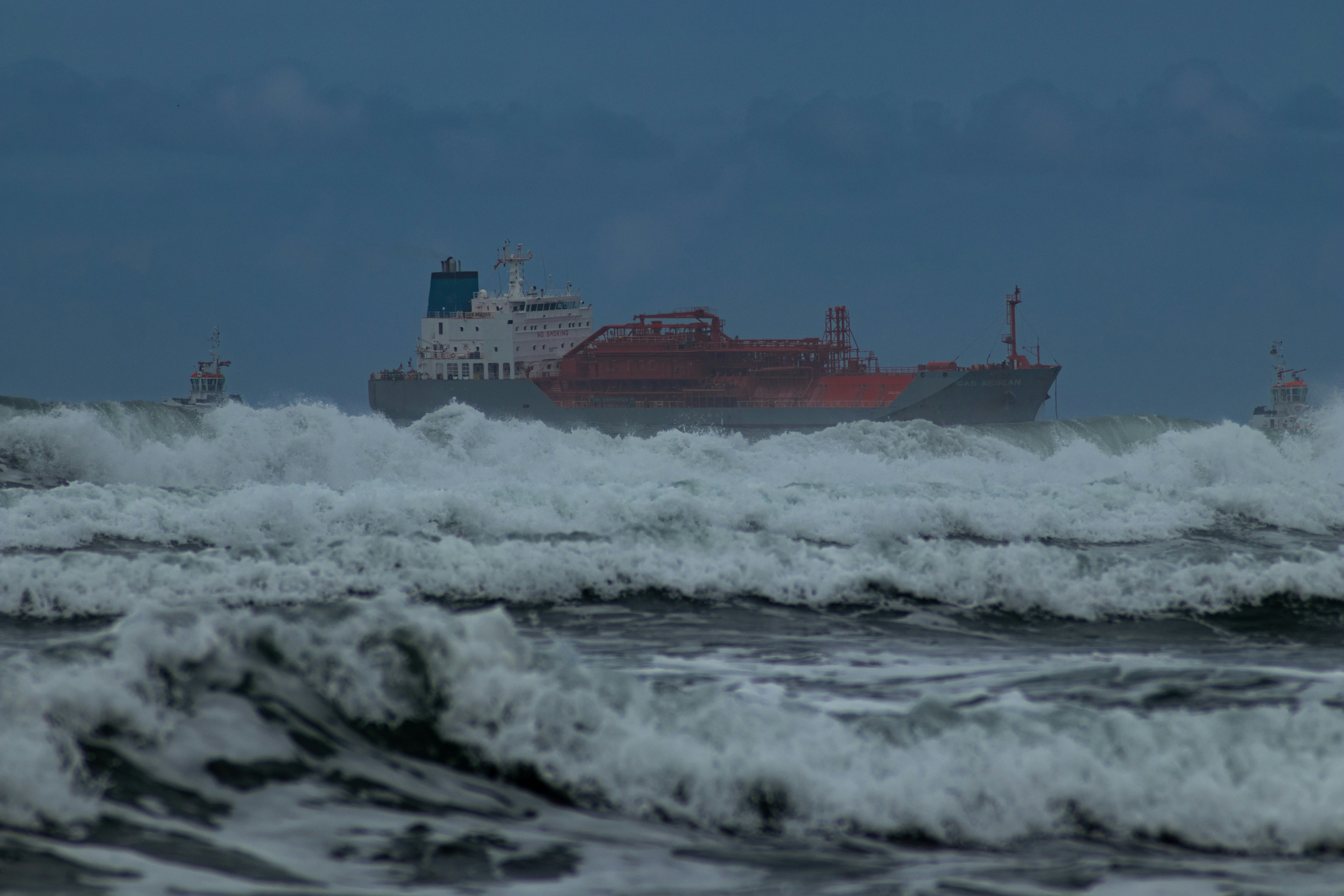Media release
From:
Engineering: Tool predicts rogue waves up to five minutes in advance
A new tool that can be used to predict the emergence of unusually large and unpredictable waves at sea — known as rogue waves — up to five minutes into the future is presented in a study published in Scientific Reports. The authors suggest that the tool could be used to issue advance warnings to ships and offshore platforms to enable those working on them to seek shelter, perform emergency shutdowns, or manoeuvre to minimise the impacts of approaching rogue waves.
The tool developed by Thomas Breunung and Balakumar Balachandran consists of a neural network that has been trained to distinguish ocean waves that will be followed by rogue waves, from those that will not. The authors trained the neural network using a dataset consisting of 14 million 30 minute-long samples of sea surface elevation measurements from 172 buoys located near the shores of the continental United States and the Pacific Islands. They used their tool to predict the emergence of rogue waves using a separate dataset consisting of 40,000 sea surface elevation measurements from the same buoys.
The authors found that their tool was able to correctly predict the emergence of 75% of rogue waves one minute into the future and 73% of rogue waves five minutes into the future. The tool was also able to predict the emergence of rogue waves near two buoys not included within the datasets used in training with 75% accuracy one minute into the future. This highlights that the tool may be capable of predicting rogue waves at new locations.
The authors suggest that the accuracy and advance warning time of their tool’s forecasts could be further improved by incorporating water depth, wind speed, and wave location data. Future research could also enable the heights of upcoming rogue waves or the times at which they may emerge to be predicted, they add.



 International
International



